Every student pilot should undertake a long cross-country flight during their training course. It doesn’t necessarily mean flying across the entire country, but certain flight leg requirements must be met based on the specific program (e.g., private, instrument or commercial).
For instance, instrument rating demands a flight of 250 nautical miles with an instrument approach at each airport and three different approaches in accordance with FAR § 61.65.
During our flight, we flew through controlled class B airspace above Orlando International airport, which was an interesting experience.
In the US, there are various types of airspace ranging from A to G. In the Czech Republic, for instance, general aviation airspace typically comprises G, D and C, whereas D refers to a small regional airport here. Large international airports usually have B airspace. This article provides a brief overview of airspace in the US: Airspace – AOPA. And here’s what the airspace in the Czech Republic looks like. It appears less congested, doesn’t it? We should also bear in mind that there are just five controlled airports across the entire country.
Finally, my instructor captured some fantastic pictures near Orlando International and St. Petersburg International airports. They look amazing!
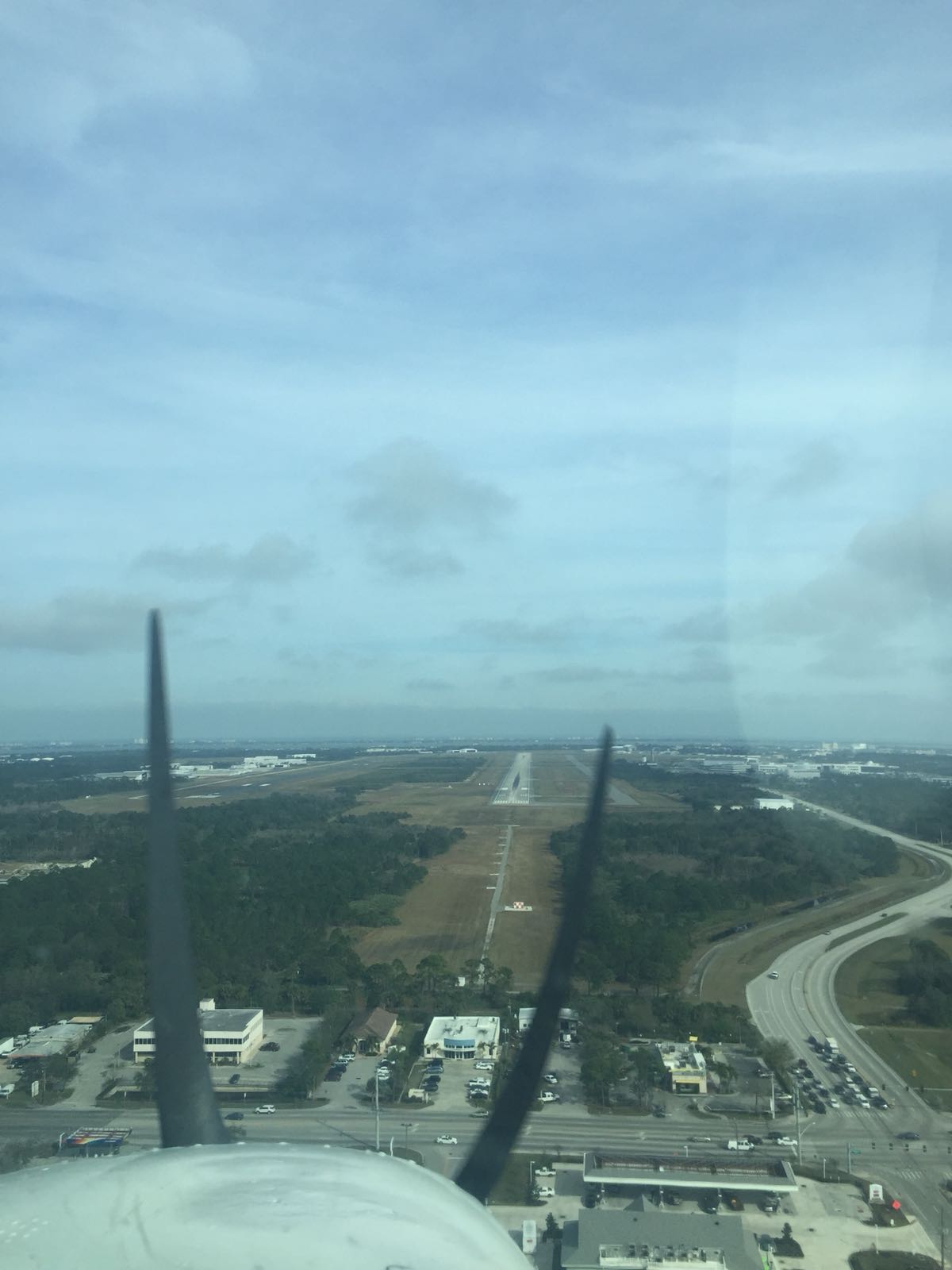



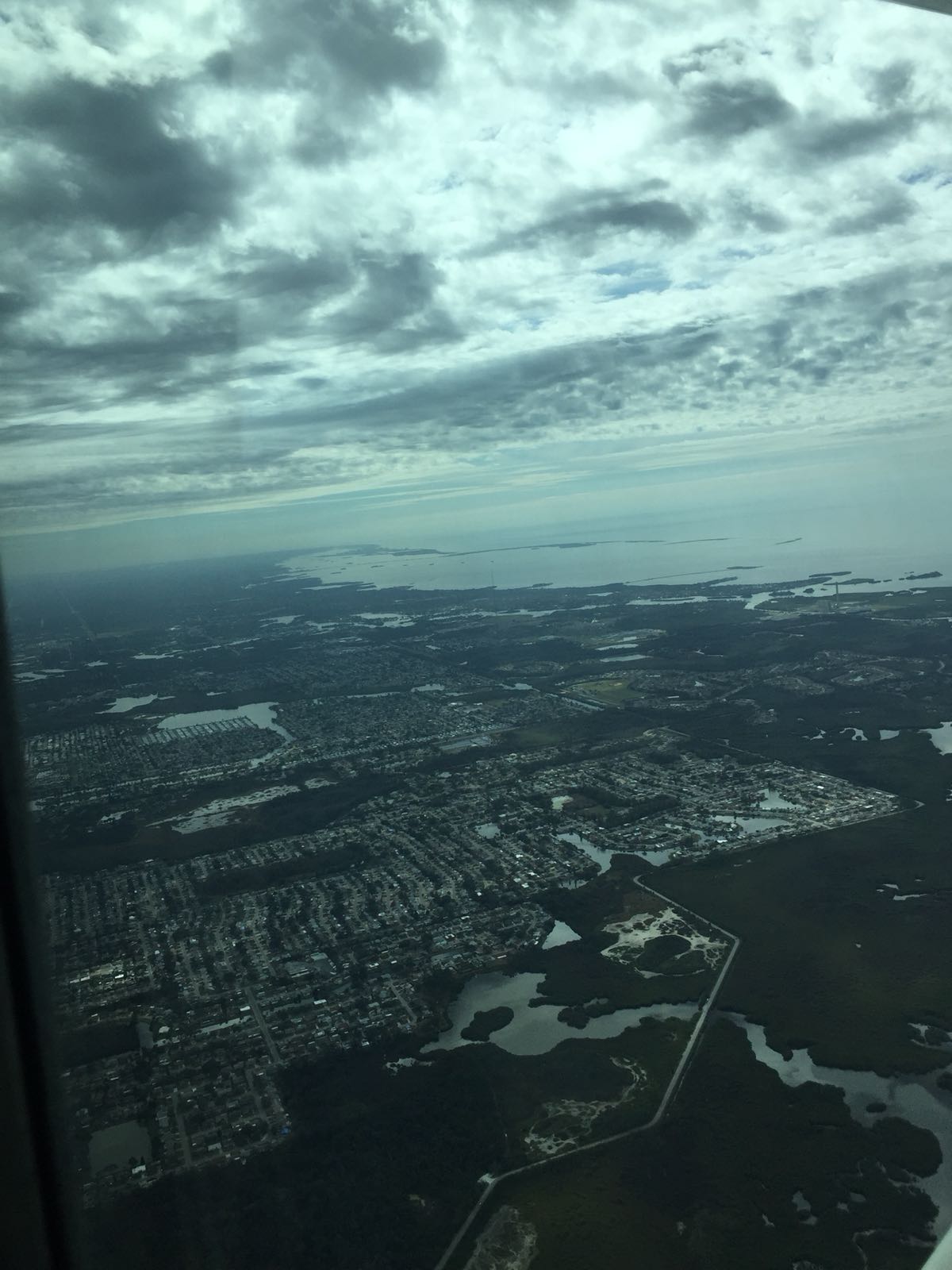

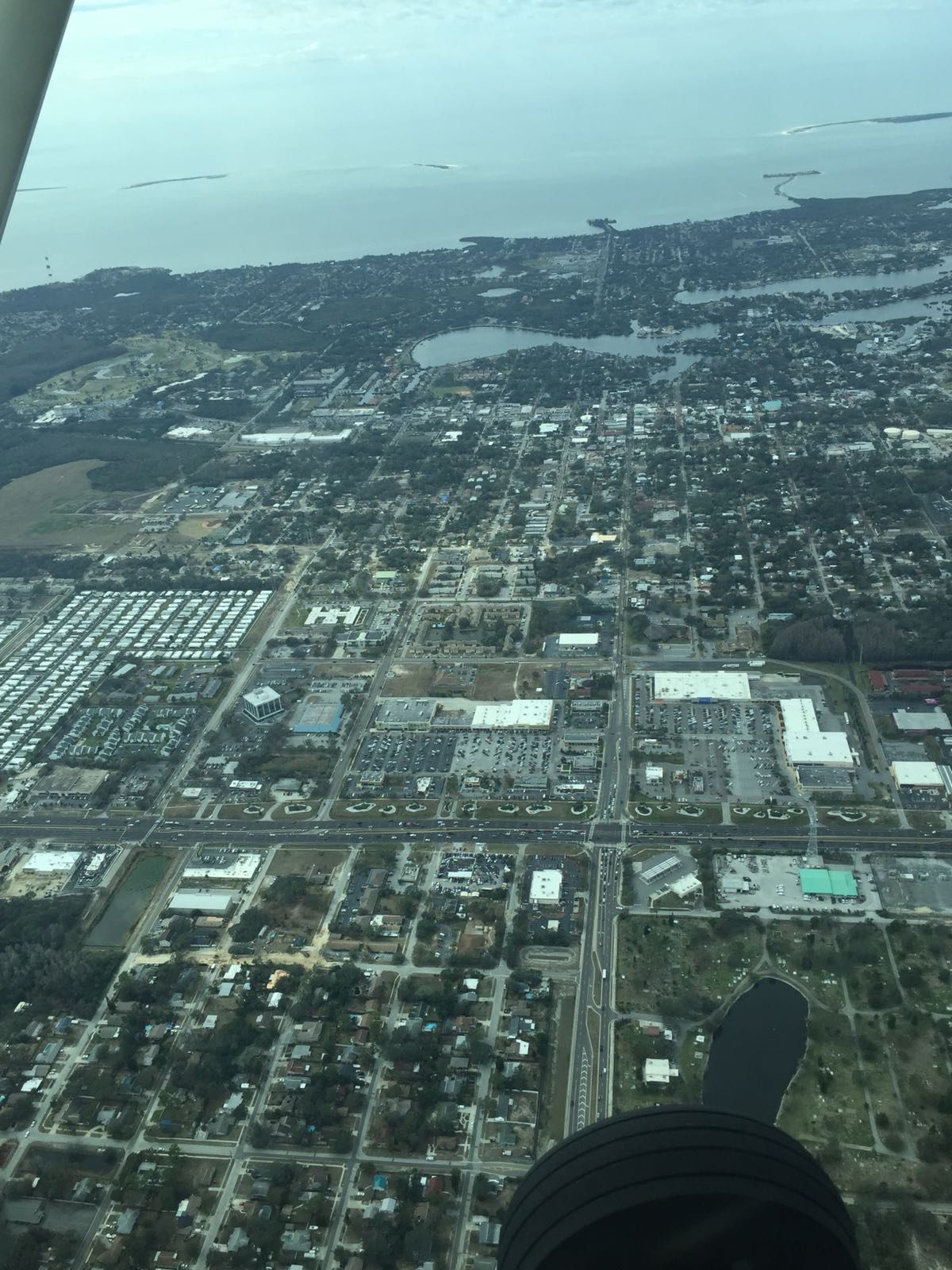
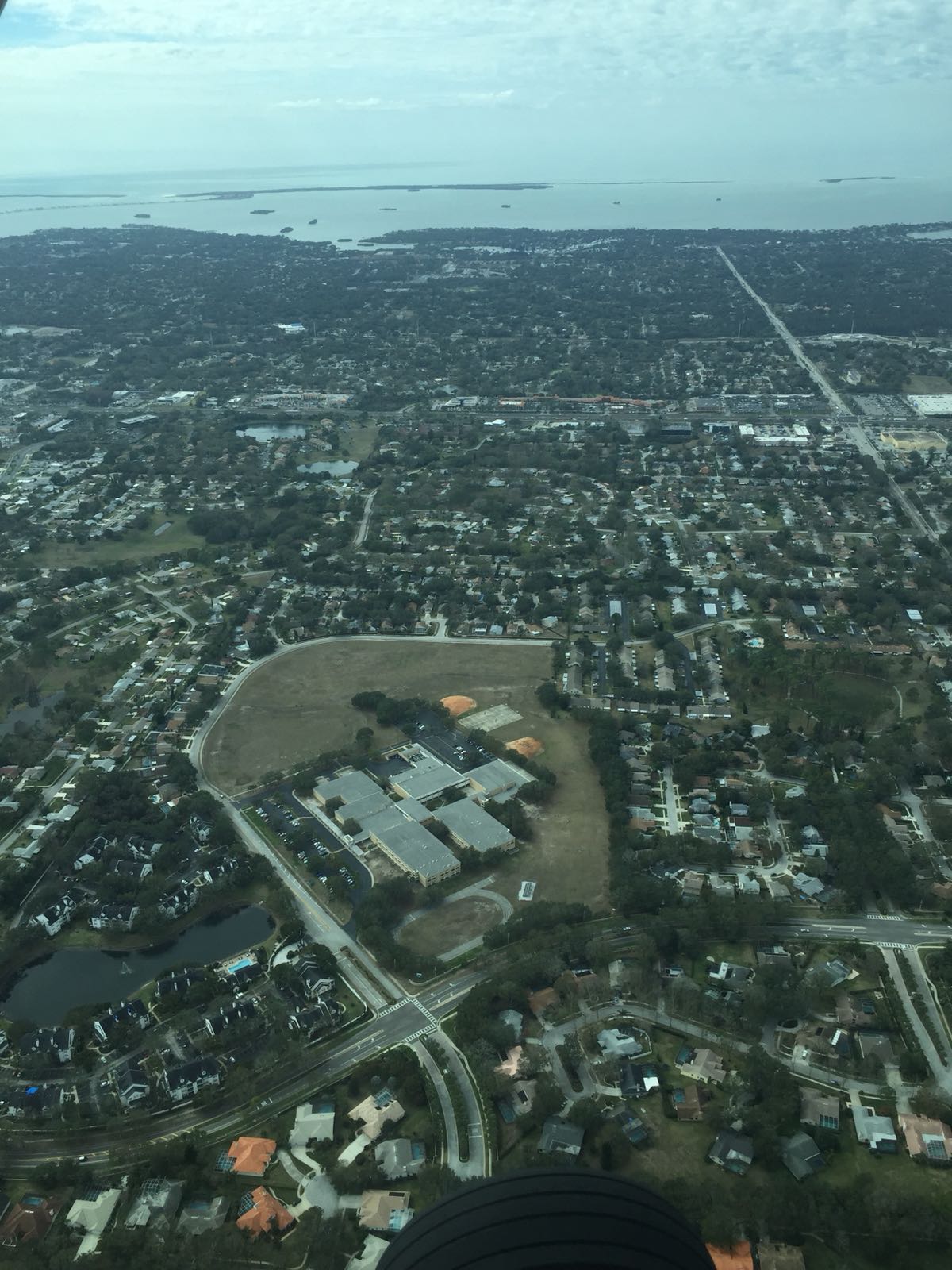
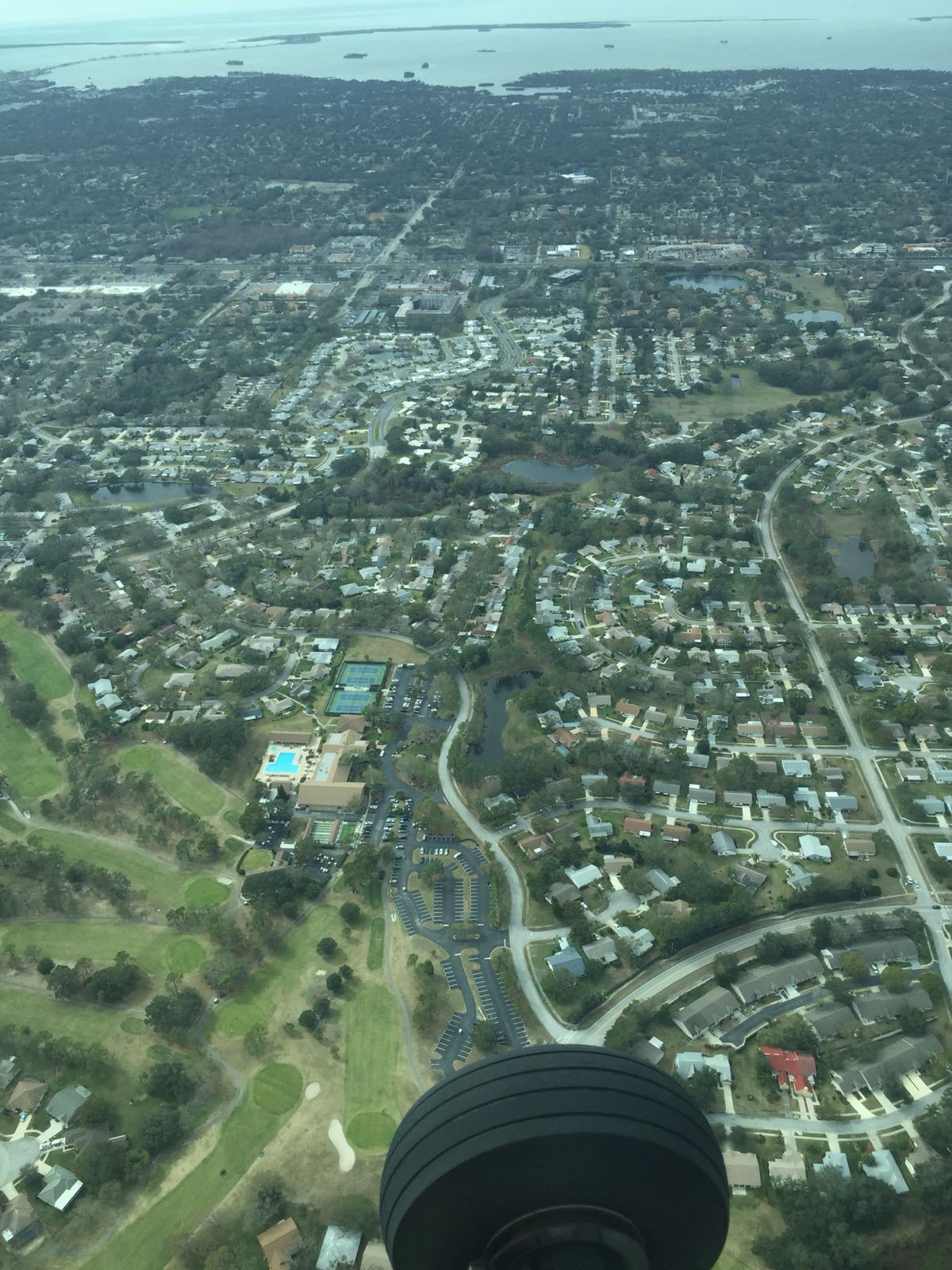
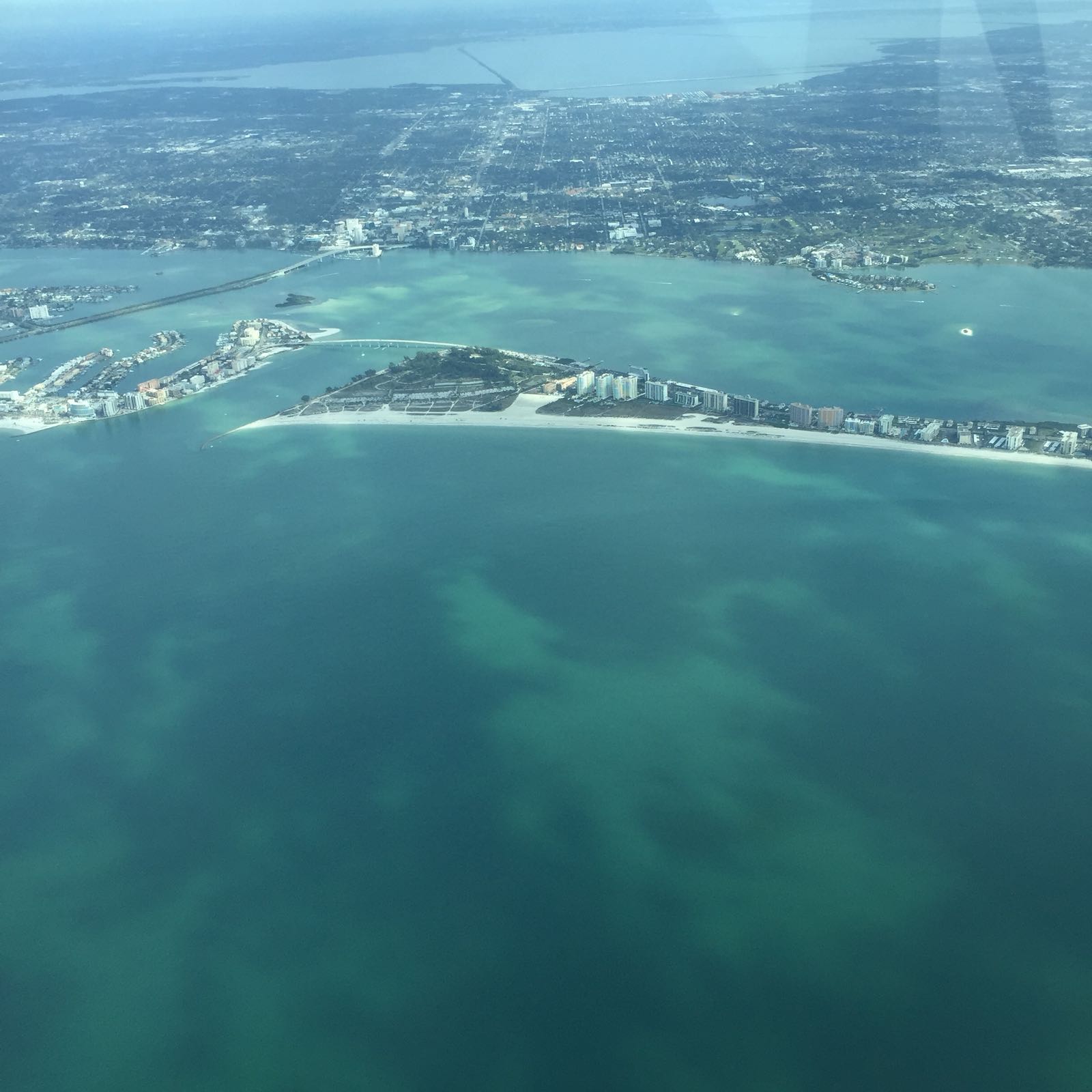
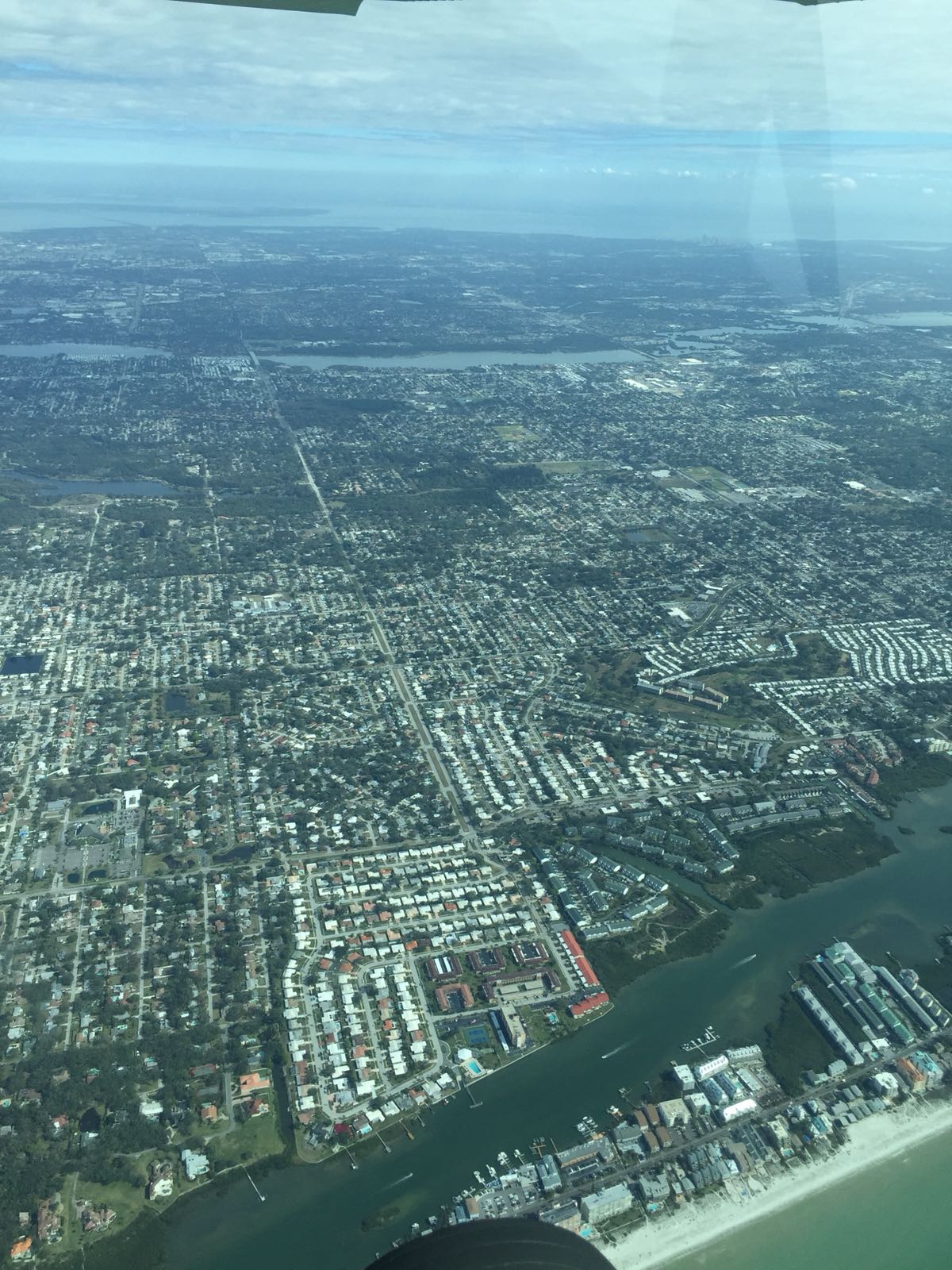

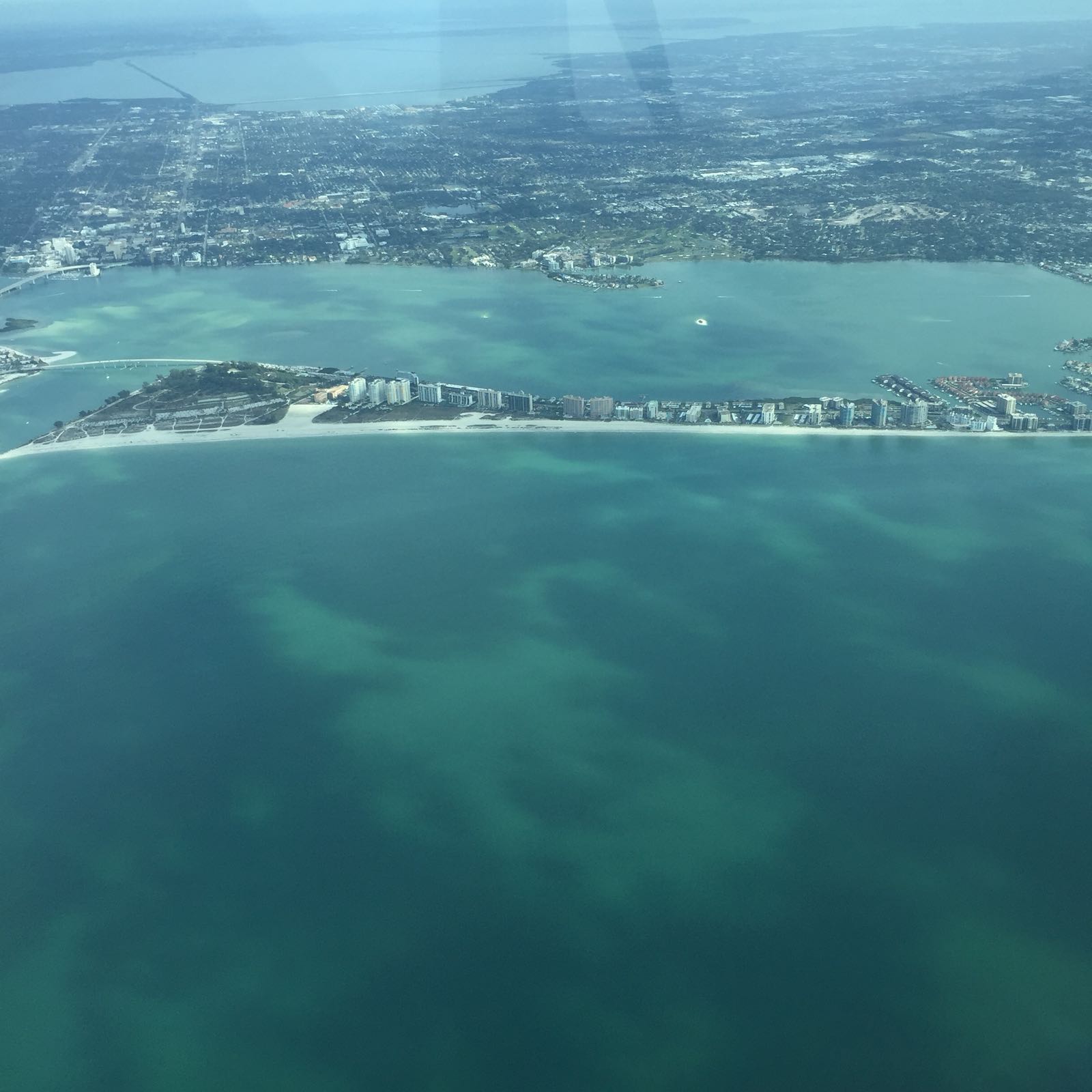

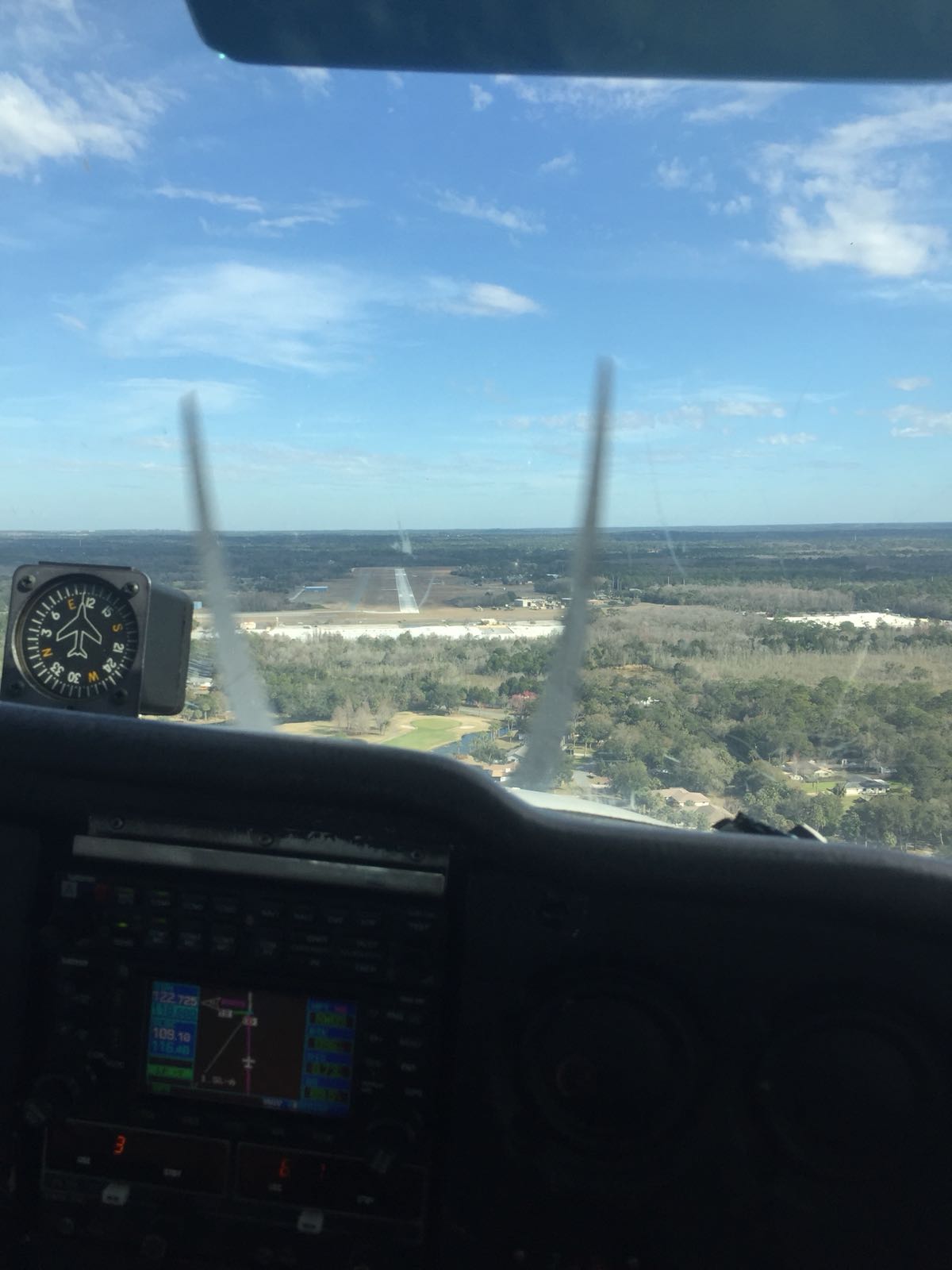
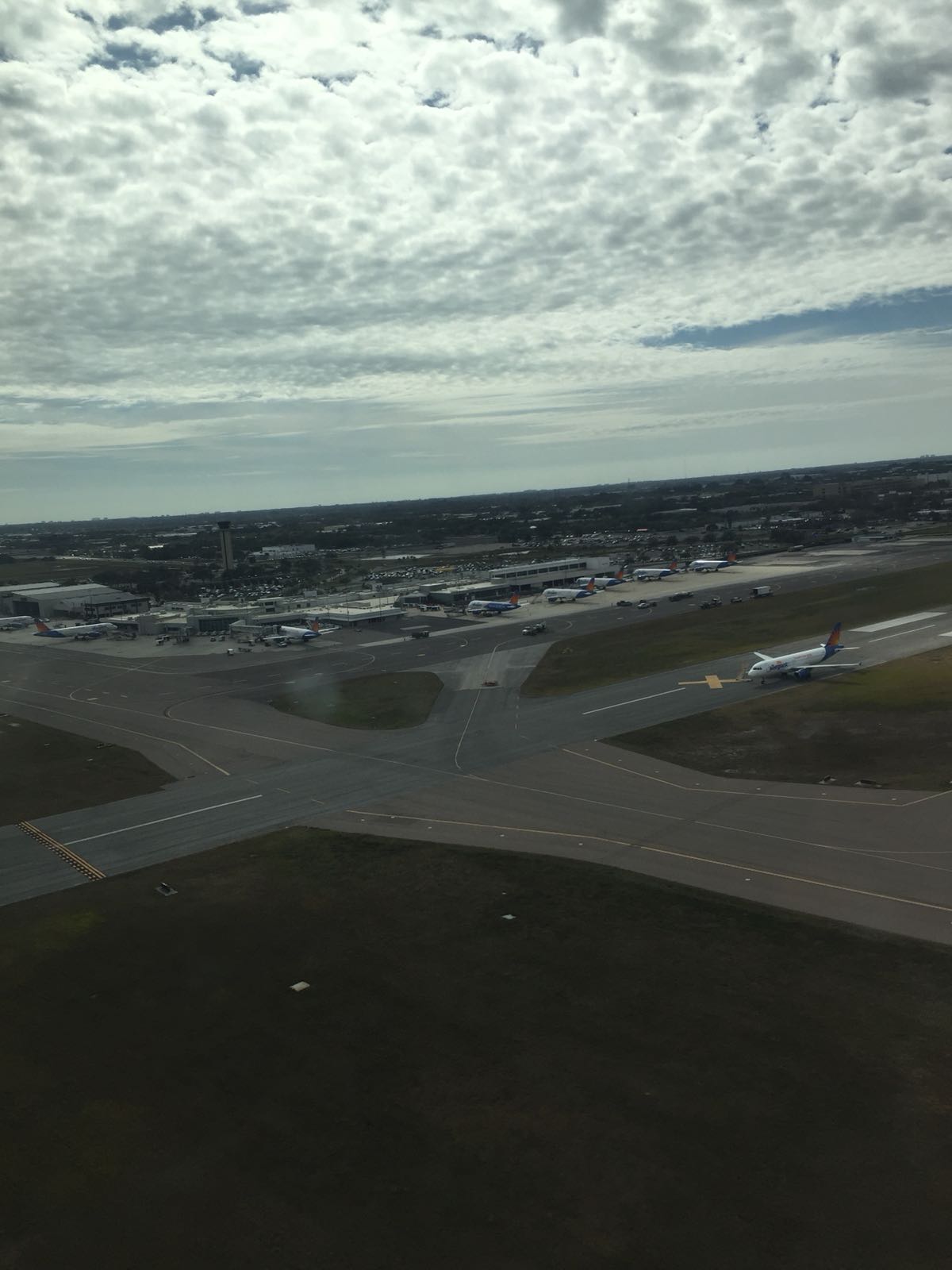
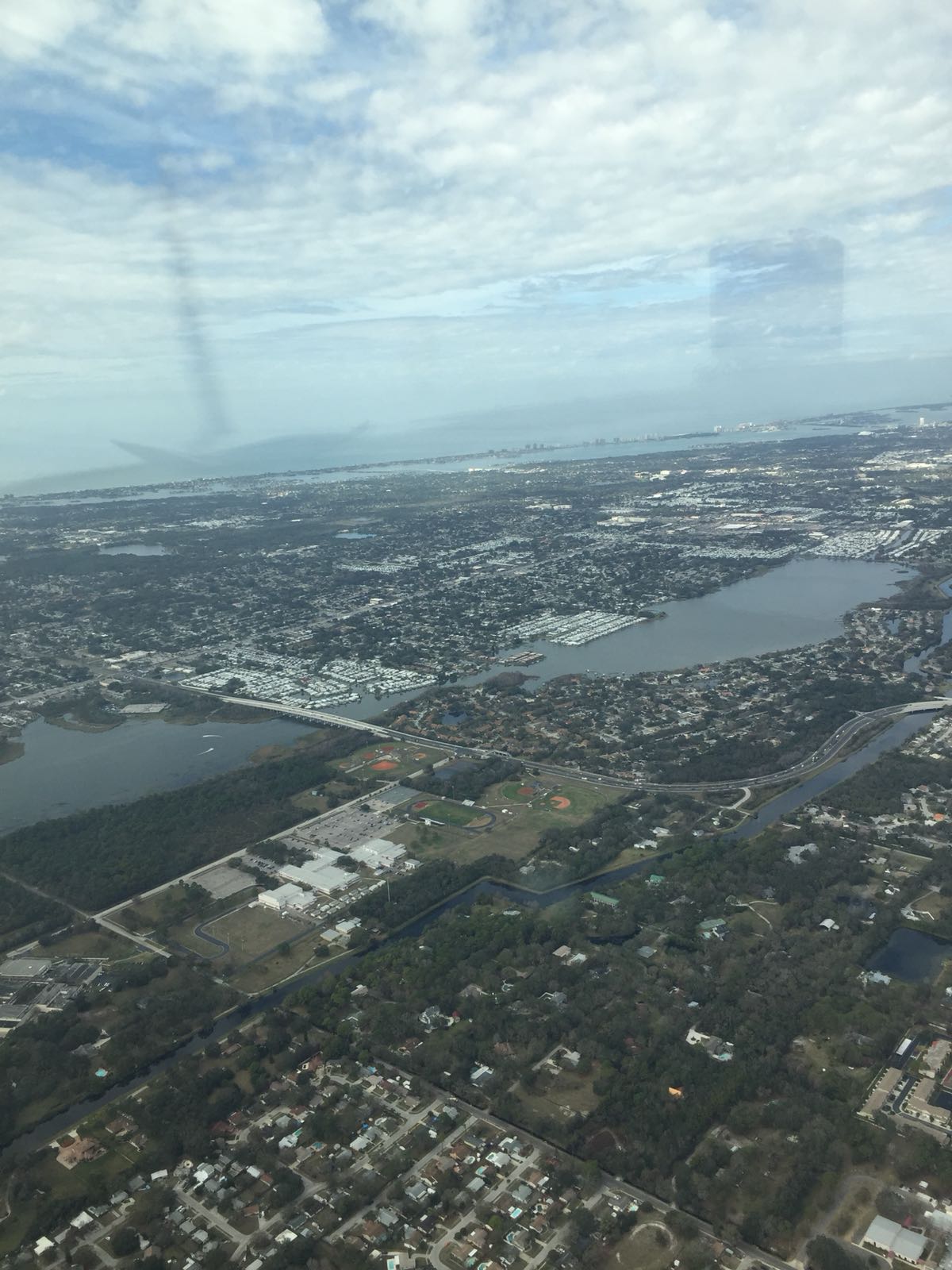

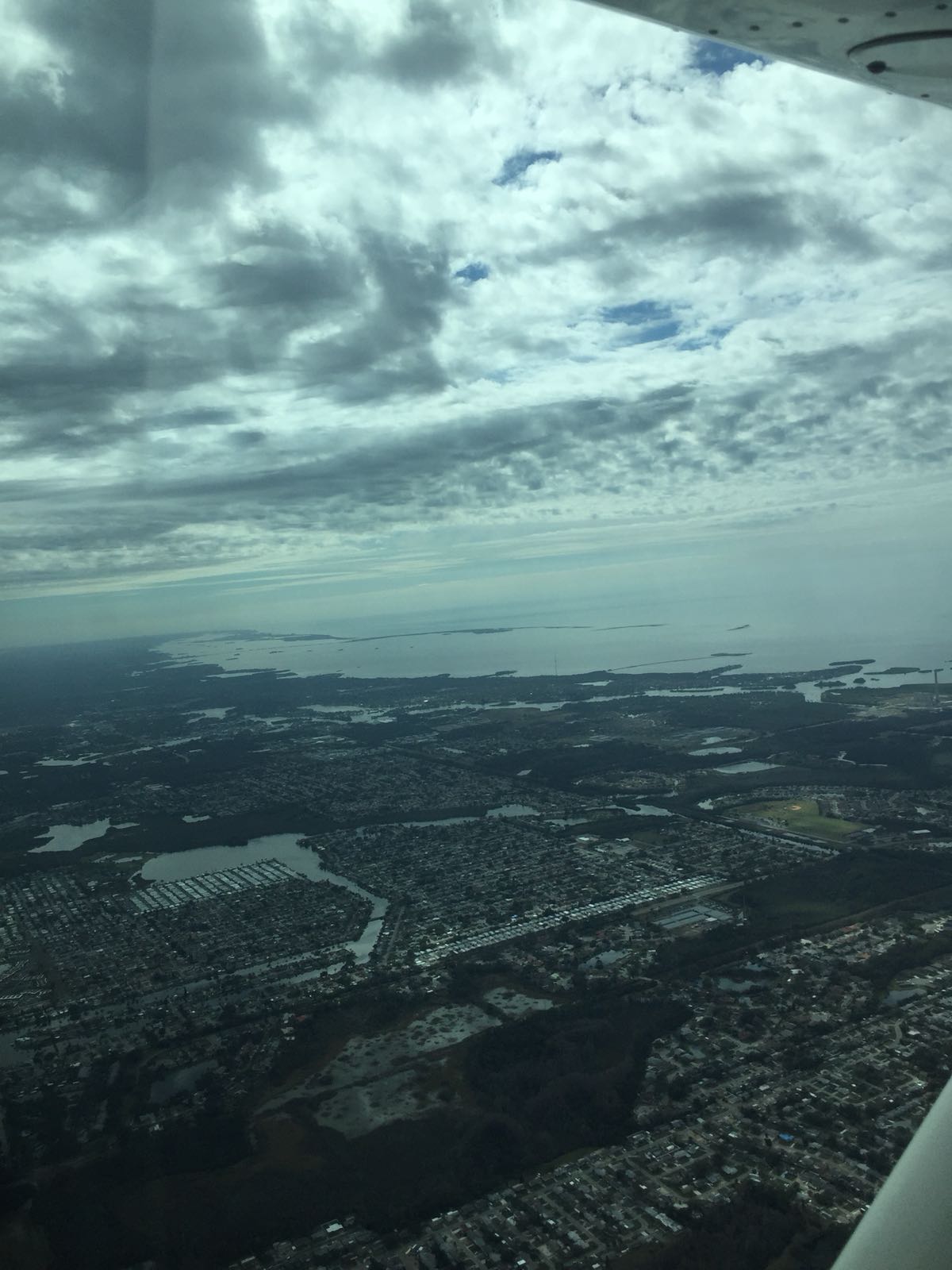

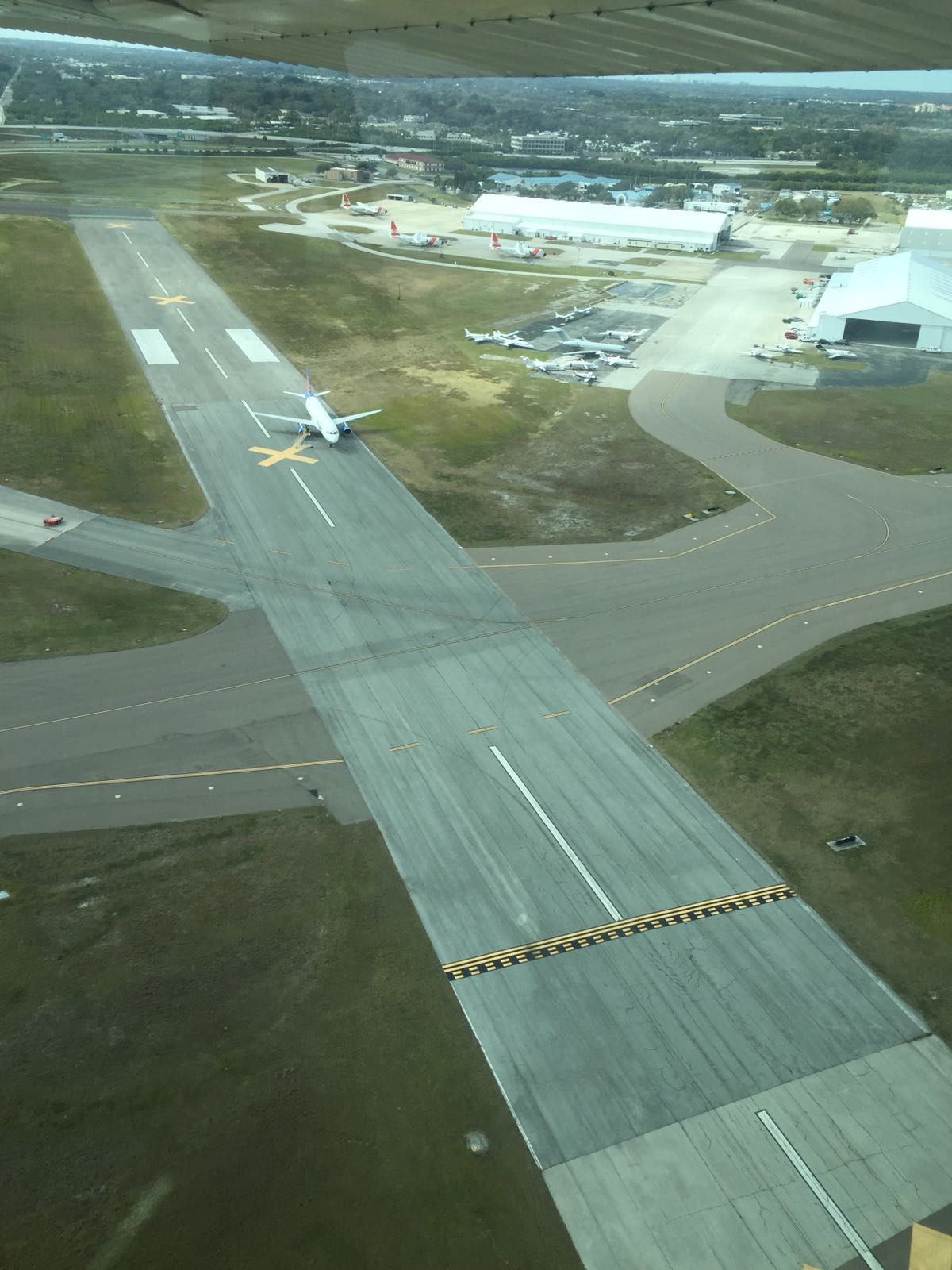

Leave a Reply